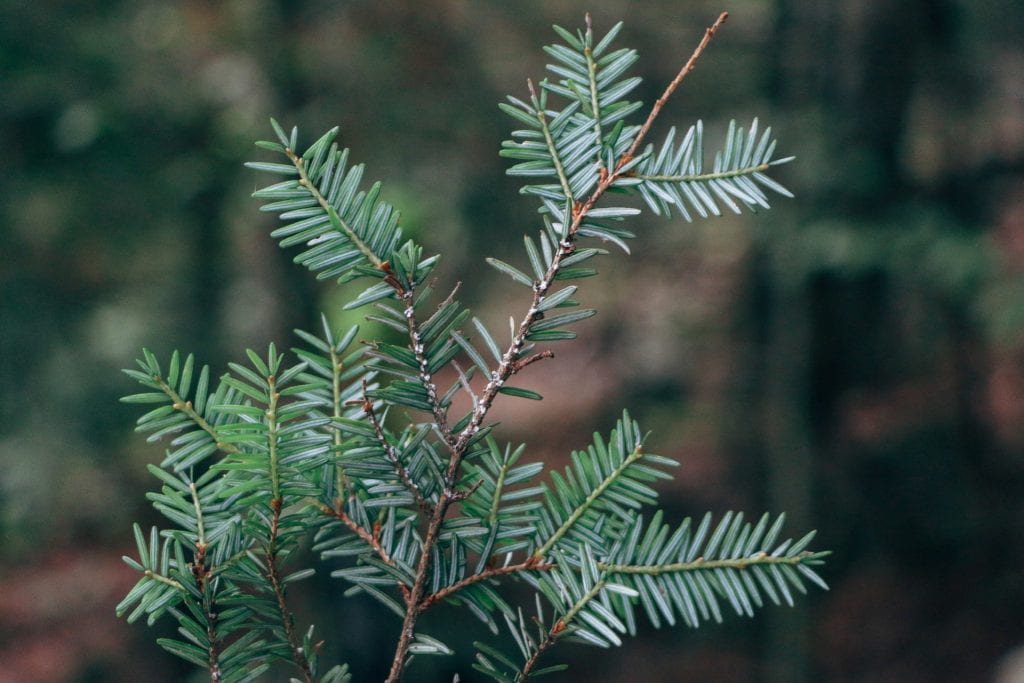Regional Hemlock Prioritization Toolkit
Land managers face many demands on their time and funds, and determining where to allocate scare resources is critical. For hemlock conservation, which properties and stands are most critical to survey and manage? Given the importance of hemlocks to terrestrial and aquatic ecosystems, conservation is vital – but how to pick stands that are most important to those ecosystems? What about public safety and preserving critical viewsheds? What about rare species like spreading globeflower, and rare habitats like hemlock swamps?

Our regional Hemlock prioritization toolkit was built to help land managers think through these questions by focusing attention on key ecological functions, cultural values, and safety. There are two pieces of the tool, a “toolkit description” Word document and the “tool” Excel workbook. The description explains the tool and describes each stand or property trait. We suggest that you first look through the toolkit description, and think about how the various traits apply to your hemlock stands on your properties. Then open the Excel spreadsheet tool, which has three pages. The left-most is a key where there are suggested scores for each trait. The other two are data entry spreadsheets, one vertical and one horizontal. They’re exactly the same other than orientation; just pick the one that you prefer. Enter your best score estimate for as many traits as you have (or can obtain) data for, and the tool will spit out a weighted final score for each stand – the higher the final score, the more important the stand. These spreadsheets have a suggested weight for the various traits already entered; if you leave them as is, your final scores will be weighted to put a higher value on critical stand traits and ecological services. Feel free to adjust the weights to more closely reflect your organization’s goals – if you have public access or trails, for example, it might be a good idea to increase the weight of “hazard trees”.
There are a few situations that we believe trump any trait in the tool, and these should be pulled out before going through the Excel tool: stands that will be removed in the near future should not be treated; old growth stands should be treated unless there is a very compelling reason not to; and stands that are far from other HWA infestations should be treated aggressively to slow the spread of HWA across New York.
Whatever values you wish to conserve, our tools can help compare and score multiple hemlock stands to optimize your management efforts.

